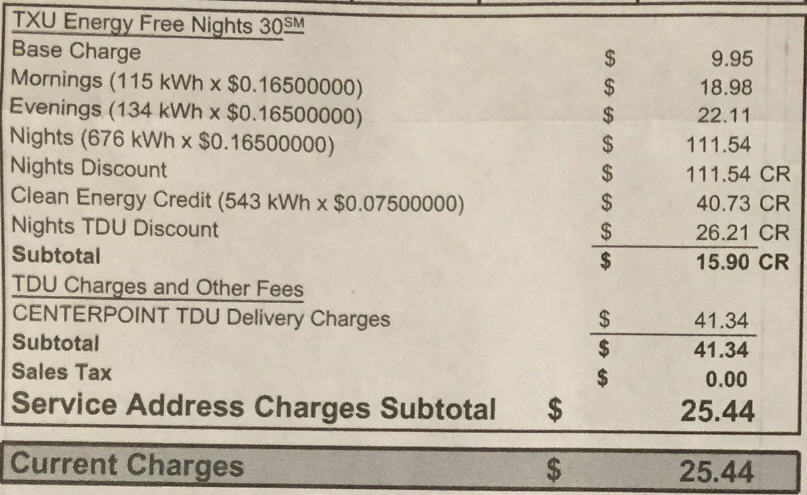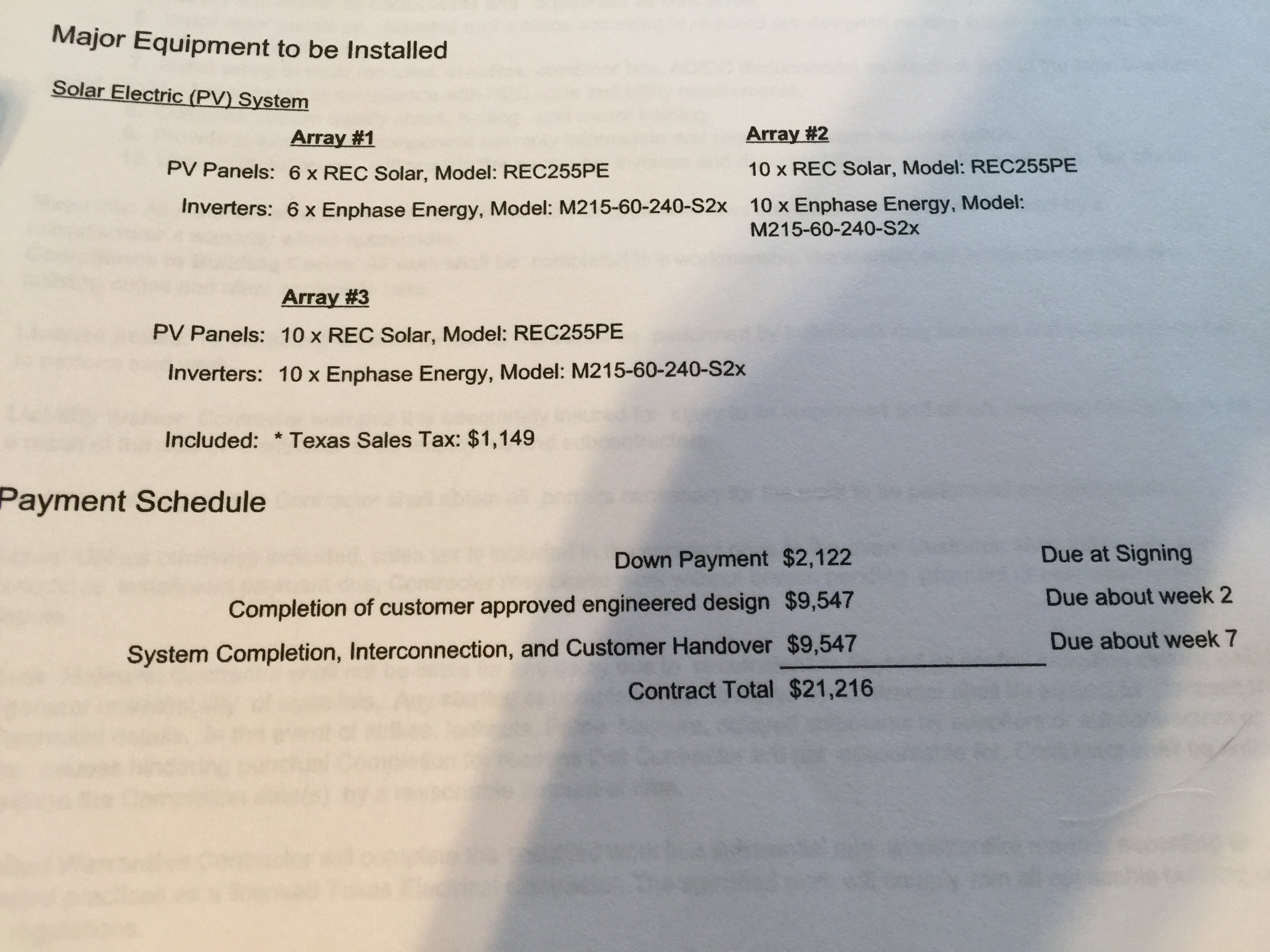Had a free consultation today. Here's my initial report...
Missouri Sun Solar (in process of changing to U.S. Sun Solar)
Supposedly about 110 employees, with 1000 installs so far, most staff in Springfield, MO but they have field offices in other locations. They are branching out into other states now, thus the impending company name change.
They can install battery systems if desired, which supposedly can be retrofit later if desired. They current use Sonnen li-ion batteries. I did not think to clarify if they were for intended for battery backup or load balancing. They also mentioned natural gas generators, so I'm pretty sure they can install those too if desired.
They seemed to want to size the system to match your electricity usage, such that your installed solar system will cover most of your electricity needs. (I guess most people want it this way?) To aid in this, they like to see information on how much energy you use each month and what it costs. They can then also generate proposals to show how much money you can save over time with a solar install due to reduced electricity bills, though in my own opinion, they are pushing best case scenario to look more attractive. I told them I didn't mind if the installed system only covered a percentage of my electricity usage, which did not bother them (they were not pushy about matching system size to usage, even though it was their initial angle).
They like to package an efficiency assessment service with their installs to increase efficiency of the home (reportedly to reduce the panels required to offset the electricity usage). But, they said they can just do the solar install if that is what is wanted.
They claim to use "tier 1" products, and microinverters (though initially they were saying DC optimizers; I asked if that was the same thing as the microinverters, and they said yes)
UPDATE: I looked into the optimizers vs microinverters thing -- they are not the same. I believe they are using the SolarEdge optimizer system as advertised here:
Comparison to Microinverters Not sure which is better, but either should be better than older generation strings with neither.
They currently use Jinko panels. I snuck a peak at their screen and the software they were using showed JKMS260P-60. Based on a spec sheet I found, this is a 260W panel, with Poly-crystalline cell, rated at 16.05% efficiency. (I have no idea how panel cost compares to others, but that should be taken into account as well for anyone running a comparison.) Dimensions listed at 64.41 × 38.98 × 1.58 inch.
Their roof attachment structure is galvanized steel. There is a 25 year production guarantee on the panels and a 12 year workmanship guarantee on the installation.
In addition to rooftop, they can do ground mound, which they like to install on top of a shed-like structure, but they can do it other ways.
They said it takes 90-120 days from date of signing until approved and turned on. Actual panel installation phase supposedly is from 1 to 5 days.
They do everything start to finish, including handling the various paperwork, and do not contract out to other companies for anything.
They also have a referral bonus program, and are also looking to do other interesting PR things like "solar parties" where they cater a party to familiarize people with solar power and their company. I mentioned I was going to share info with the HOA, and they were interested in doing a presentation or something for the HOA if possible. It did not seem out of the realm of possibility that a pro-active HOA might be able to work with the company to help come up with policies and business agreements at the neighborhood level.
For financing they have some sort of arrangement with Green Sky for residential installs, which supposedly is a company that specializes in financing for renewable energy. Typical Green Sky rates are 6% for 20 year term. Of course, you can also arrange your own financing. I asked about solar leases and PPAs; they said they are looking to do something like that for commercial installations right now, but not residential. However, their representative sounded open to the possibility for residential if it can be shown as beneficial for all parties. Their commercial lending partner is US Bank.
For residential, they do not like to do systems with less than 20 panels. They claim it is not cost effective for less than 20 panels. Assuming I can just multiply it out, 20 panels x 260W per panel would be a 5.2 kW system.
As for cost, I saw one example where they installed a 9.62 kW system for $36K before incentives. Not sure if that was low, high, or average. They said the low end cost would probably be about $19K before incentives. The big incentive available is the federal tax credit that can cover 30% the cost of the system. Originally this tax credit was set to expire at the end of 2016, but it may have been extended through 2019. I need to collect more information on this.
They are still figuring it out, but for my particular house, it looks like with rooftop install only, I would be very close to the 20 panel minimum.





